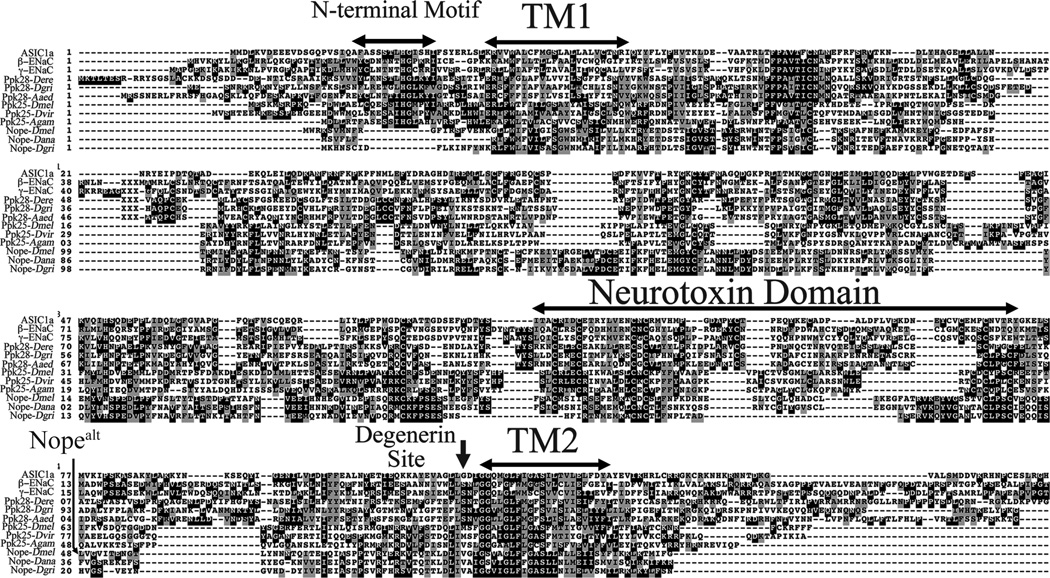Figure 3. Nope is a member of the DEG/ENaC family of sodium channel subunits.
Multiple sequence alignment displaying sequence conservation between Nope from Drosophila melanogaster, predicted Nope orthologs from other Drosophila species and other members of the family of DEG/ENaC sodium channel subunits from Drosophila and vertebrates. Identical and similar residues present in three or more of the aligned sequences are shaded in black and gray, respectively. Sequence conservation between Nope and other DEG/ENaCs is present throughout the protein, particularly in the first and second transmembrane domains (TM1 and TM2), and in a cysteine rich extracellular domain related to neurotoxins (Tavernarakis and Driscoll, 2000; Kellenberger and Schild, 2002). However, Nope and its orthologs in other Drosophila species lack a highly conserved and functionally important amino-terminal domain found in other DEG/ENaCs (Grunder et al., 1997; Coscoy et al., 1999; Grunder et al., 1999; Salinas et al., 2009; Carattino, 2011). Interestingly, as was observed for some other Drosophila DEG/ENaC subunits (Liu et al., 2003), Nope and its orthologs, as well as Ppk25 and its orthologs have bulky amino acid (Valine or Methionine) at the functionally important degenerin site, just amino-terminal to TM2. In vertebrate and C. elegans DEG/ENaC subunits, as well as in other Drosophila DEG/ENaCs such as Ppk28, this position always encodes residues with a small side-chain such as Gly, Ala or Ser, and mutations to amino acids with a larger side-chain, such as Leu, Thr or Lys result in constitutively open channels (Kellenberger and Schild, 2002). Nopealt indicates the last amino acid of Nope that is retained in Nopealt, a translation product resulting from alternative splicing of intron 10 that lacks TM2 and some preceding extracellular sequences, including the degenerin site. Sequences and accession numbers: ASIC1a, gi|94957760; β-ENaC, gi|8928561; g-ENaC, gi|6755414|. Ppk28-Dere, Ppk28-Dgri and Ppk28-Daaed correspond to annotated Ppk28 orthologs in D. erecta (GG19083), D. grimshawii (GH11924) and Aedes aegypti (AAEL000582). Ppk25-Dvir and Ppk25-Agam are annotated Ppk25 orthologs in D. virilis (GJ17577), and Anopheles gambiae (AGAP005516). Nope-Dana and Nope-Dgri are previously unannotated Nope orthologs encoded by the genomes of D. ananassae and D. grimshawii, respectively.

